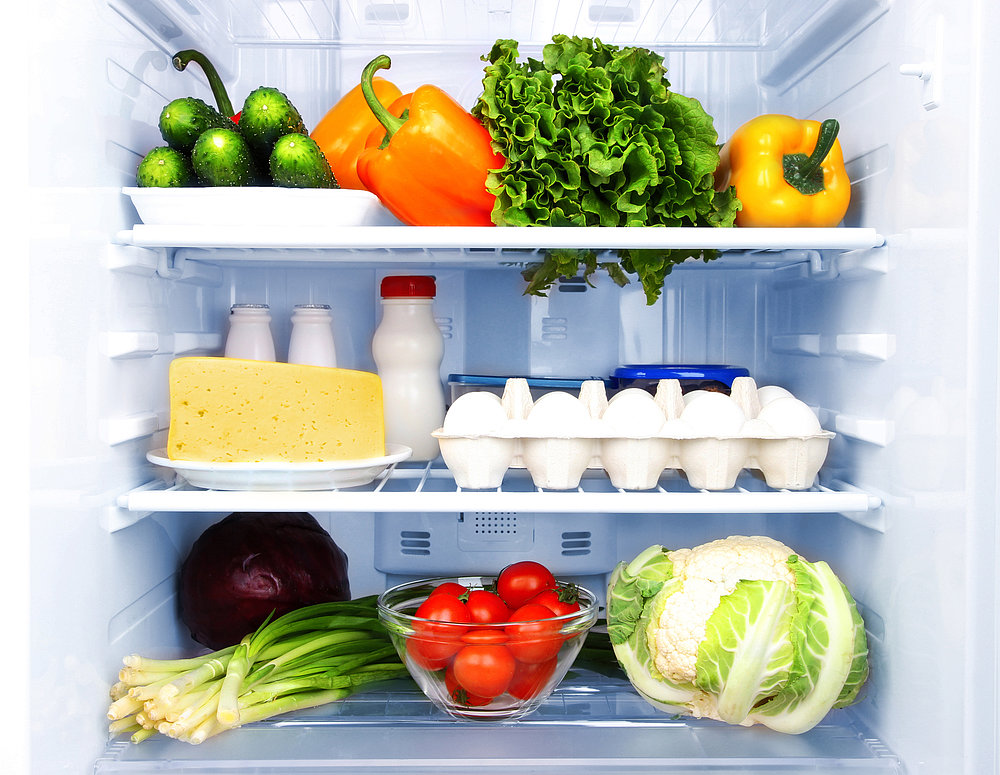An in-depth female nutrition guide has been released for the first time in Canada.

The 65-page document — titled the Canadian Consensus on Female Nutrition: Adolescence, Reproduction, Menopause and Beyond — includes 40 recommendations which took dozens of dietitians, researchers and experts in woman’s health four years to compile.
The hope is that health-care professionals across the country (specifically gynecologists and obstetricians) will share the best practices with their clients.
“Today the consequences of poor nutrition fill our offices,” said Jennifer Blake, CEO of the Society of Obstetricians and Gynaeologists (SOGC).
“Our female patients look to physicians for advice, and are more likely to attempt lifestyle changes to combat obesity, for example, if that recommendation comes from their doctor.”
Unfortunately, there are no magic quick-fixes.
“Nutrition is part of lifestyle and there’s no magic foods or supplements,” said lead author Deborah O’Connor.
“It would be easy to say, ‘eat kale and your problems would be solved.'”
“I think people in general look for magic foods … to lose weight.”
WATCH: Debunking some of the biggest healthy eating myths
This can help reduce the risk of “chronic diseases like Type 2 diabetes, cardiovascular disease, and cancer.”
O’Connor, who’s a nutritional science professor at the University of Toronto, offered a few other highlights from the guide for women in various stages of their life.
Teens
When it comes to adolescents in particular, O’Connor said one of the important things parents can do at home is to eat together as a family. She explained this not only helps teens eat healthier food, but evidence shows it can help them do better at school as well.
READ MORE: What teen girls should eat to lower breast cancer risk later in life
Prenatal
For women who are planning to have a baby, the biggest nutritional advice O’Connor had was to start taking prenatal vitamins with folate at least 12 weeks before pregnancy and into the first trimester to prevent neural tube defects.
READ MORE: Want a smarter baby? What scientists suggest you eat during pregnancy
“That’s a pretty important recommendation.”
Pregnancy
And when they do get pregnant, they shouldn’t try to eat for two. O’Connor said two or three additional (nutrient-dense) servings will suffice.
READ MORE: How much fish should pregnant women eat?
If you have a normal Body Mass Index, the guide says you should only gain 25 to 35 pounds during pregnancy.
“If you gain too much, you’re likely going to keep it on,” O’Connor warned.
Post-partum
She also stressed the benefits of breastfeeding, not just for the baby. It can reportedly also reduce the mother’s risk of developing breast and ovarian cancer.
READ MORE: How one woman’s breastfeeding trouble may have helped countless others
Lactating women are encouraged in the guide to eat 105 grams of “fatty fish” (such as salmon, mackerel, herring, and sardines) each week. They’re encouraged to limit their consumption of tuna, shark, swordfish, marlin, orange roughy, and escolar to less than 150 grams per month.
The guide says they should “avoid canned albacore (white) tuna, but may consume up to 300 grams per week of light canned tuna.”
Menopause
O’Connor recommended older women stay active through “regular weight-bearing exercise.” This can help with bone health, she said.

READ MORE: 300 minutes of exercise a week for postmenopausal women to lose weight: study
Another tip for women who prefer soy and almond milk over dairy: check the nutrition label to make sure calcium and Vitamins D and B12 have been added.
The vitamins are required by law to be added to cow’s milk but are voluntary in plant-based beverages, O’Connor explained.
She’s optimistic that the guide, which she calls a “labour of love,” can improve women’s health across the country.
“There’s so much noise out there about nutrition right now. It’s nice to have this as a starting point.”


Comments